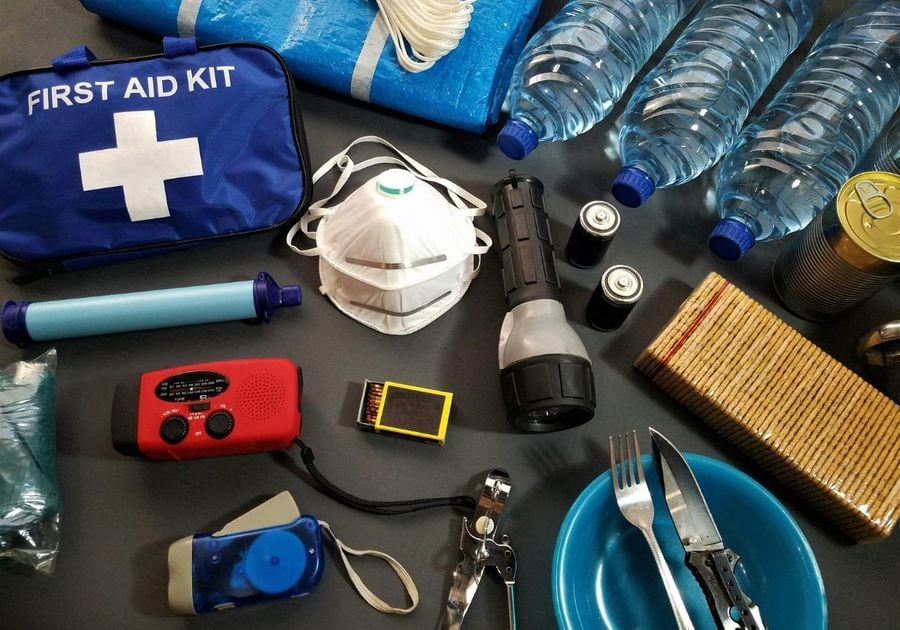Severe Weather Preparedness Week is an event designed to raise awareness and educate people about the importance of being prepared for severe weather events. It is typically organized and promoted by governmental agencies such as the National Weather Service (NWS) in the United States.
During Severe Weather Preparedness Week, various activities, campaigns, and informational materials are disseminated to the public to help them understand the risks associated with severe weather phenomena like tornadoes, hurricanes, floods, thunderstorms, and winter storms. The goal is to encourage individuals, families, businesses, and communities to develop emergency plans, assemble emergency kits, and stay informed about weather forecasts and warnings to minimize the impacts of severe weather events and enhance overall safety and resilience.
Putting together an emergency kit is essential for being prepared for various emergencies, including severe weather events. Here's a list of items to include in your emergency kit:
- Water: Have at least one gallon of water per person per day for at least three days, for drinking and sanitation.
- Food: Non-perishable food items that can last for at least three days, such as canned goods, energy bars, dried fruits, and nuts.
- Manual can opener: If including canned food in your emergency kit.
- First aid kit: Include bandages, gauze pads, adhesive tape, antiseptic wipes, tweezers, scissors, and any prescription medications you or your family members may need.
- Medications: A supply of prescription medications and over-the-counter medications like pain relievers, antacids, and allergy medications.
- Flashlight: Include extra batteries or consider a hand-crank flashlight.
- Battery-powered or hand-crank radio: To receive emergency information and weather updates.
- Whistle: To signal for help.
- Multi-tool or utility knife: Handy for various tasks.
- Personal hygiene items: Include soap, hand sanitizer, toothbrushes, toothpaste, feminine hygiene products, and moist towelettes.
- Emergency blanket: Reflective emergency blankets can help retain body heat.
- Extra clothing: Include warm clothing and sturdy shoes.
- Copies of important documents: Such as identification, insurance policies, medical records, and bank account information, are stored in a waterproof container.
- Cash: Small denominations in case of power outages or other emergencies where electronic transactions may not be possible.
- Local maps: In case you need to navigate if GPS or mobile networks are unavailable.
- Baby supplies: If you have infants or small children, include diapers, formula, bottles, and other necessary items.
- Pet supplies: If you have pets, include food, water, medications, and other items they may need.
- Chargers and power banks: For your electronic devices like cell phones, keep them charged in case of a power outage.
- Extra keys: For your house and vehicles.
- Entertainment: Books, puzzles, or games to help pass the time.
Remember to periodically check and update your emergency kit to ensure that all items are in good condition and that any expired items are replaced. Additionally, consider the specific needs of your family and tailor the contents of your emergency kit accordingly.






